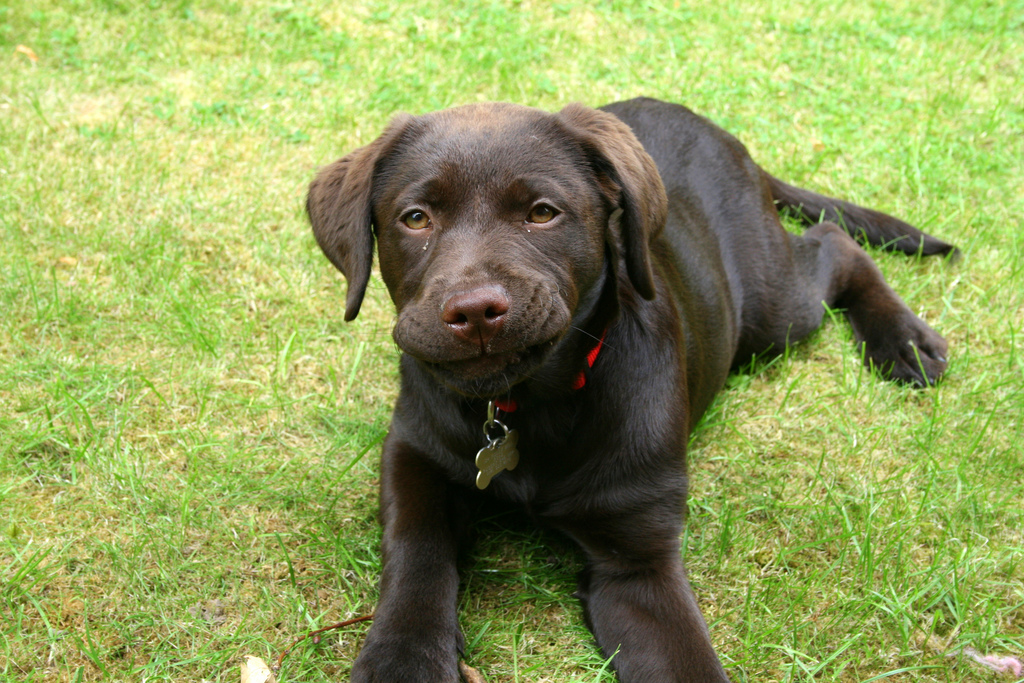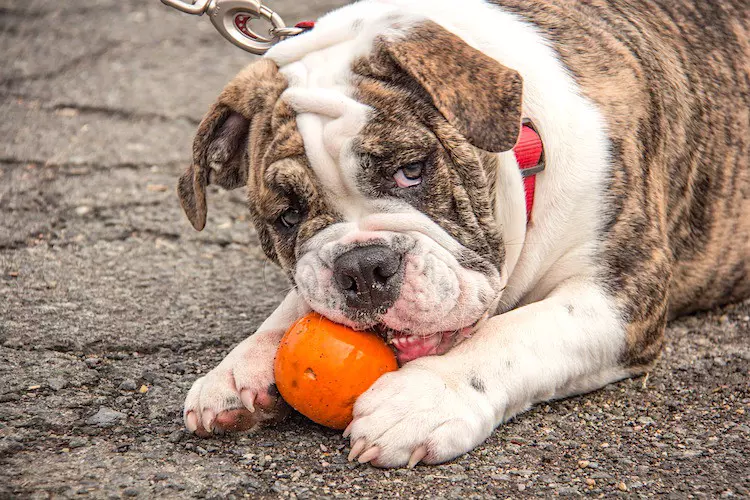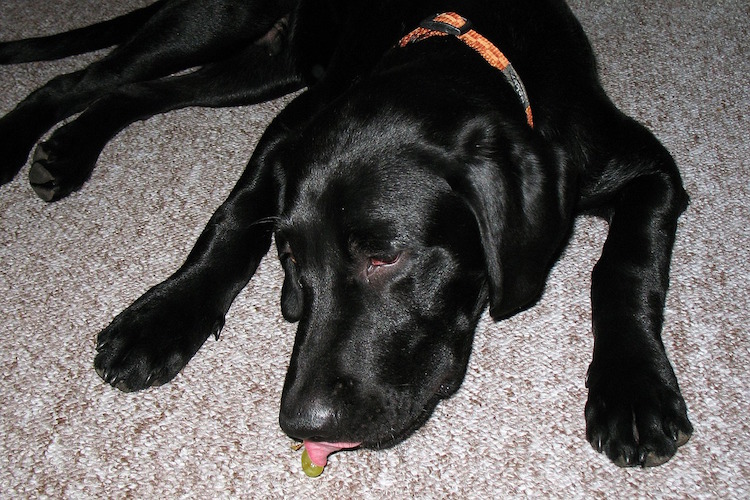Pressure Sores on Dogs: What You Need to Know
Pressure sores on dogs, also known as bedsores, can develop from prolonged pressure on certain body areas. Large breeds, seniors, and dogs recovering from illness are more at risk. Learn how to prevent, treat, and manage these painful sores to keep your pup comfortable and healthy.
Notice your pet licking the same spot often lately? He or she could have a pressure sore, also called decubitus ulcer or, a term you might be familiar with, “bedsores.” Just as bedsores can occur in humans, pressure sores on dogs are more likely to happen if they’re not moving enough.
You might be more likely to notice press sores in dogs if you have a large breed pup, you have a short-haired breed, your dog is a senior, or your four-legged family member is recovering from surgery or illness.
Here, we’ll get into why pressure sores on dogs occur, pressure sore prevention for dogs, and dog bed sore treatment options.
Don’t Guess When It Comes To Your Pet’s Care


Don’t Guess When It Comes To Your Pet’s Care
What Causes Pressure Sores on Dogs?
When a dog is immobile for a length of time, they’re more likely to experience pressure sores at specific locations of their body. One thing a pet parent can do is reposition their dog throughout the day to relieve pressure on certain joints and body parts.
Risk factors that contribute to an increased risk of dog bedsores include sleeping or lying on hard surfaces,
Giant and large breed dogs—including Dobermans, Mastiffs, Labradors, and German Shepherds—are at a higher risk of developing pressure sores. On the reverse, slight dogs without much padding on their joints due to less fur and thin skin—like Whippets, Greyhounds, and Beagles to name a few—can be at a high risk of dog bedsores, too (1).
Pressure sores on dogs are most likely to show up on where their body hits the floor, like the elbows, hips, sides of the body along the ribs, and the dog’s hocks.
Senior dogs or sick dogs have a higher risk of pressure sores if they are having accidents. Irritation from urination and defecation accidents could lead to skin problems that turn into sores if not cleaned and treated properly (2).
Symptoms of a Pressure Sore
Pressure sores can develop in dogs of any age if they’re immobile. Here are some signs of a pressure sore, from early symptoms to advanced symptoms. Make sure you note any sores and check them regularly to see if they’re worsening. It’s easier to treat these at earlier stages.
Some indicators your dog has a pressure sore include:
- Early symptoms: These could be hair loss in specific areas, calloused skin, mild redness, skin discoloration, and excessive licking of the area (3).
- Moderate symptoms: If the bedsore is more advanced, it could look like cracked skin, oozing or fluid-filled pouches, thick skin that’s red, and swelling of the area (4).
- Severe symptoms: Open wounds, abscess, a foul odor that shows signs of infection, fever, and deep ulcers that expose tissue, mean the pressure sore is advanced and you should get your dog to their veterinarians as soon as possible.
How to Treat Pressure Sores on Dogs
Doing what you can to limit your pup’s pain and discomfort around their pressure sore will go a long way to helping them feel better and heal.
At home:
Give them comfortable, soft options to lay on.
- Set them up with the right bedding: Warm, padded yet firm dog beds can help ease pain when your dog has a pressure sore. Orthopedic bedding is another option to consider. Some studies show that pressure-relieving mats can reduce the instances of pressure sores over mattresses or blankets on the floor. Other options include doughnut shaped dog cushions to help alleviate pressure on some joints, like the hips (5).
- Keep the wound clean: Depending on how advanced the pressure sore is, make sure it’s clean, healing, and being treated. Check with your dog’s veterinarian about antiseptics to apply as well as if wound dressing is appropriate.
- Help them be active: Encourage your dog to get up and move around more throughout the day by playing, going on a walk, or coming over to you for a pet if they’re able to move like this.
- Keep them at a healthy weight: Heavier dogs putting more pressure on the joints while lying down could increase the pressure at specific locations and contribute to decubitus ulcers.
At the veterinarian’s office
Talk to your dog’s veterinarian about treatment options if concerned about pressure sores for dogs.
- Prescription antibiotics: If the wound is infected, the veterinarian might recommend antibiotics for your pup.
- Topical Platelet Gel: A study showed that getting autologous platelet gel applied to a pressure sore on dogs exhibited significant improvements in the wound’s healing process by day five and at 25 days. See if this is an option for your pup (6).
- Mobility exercises: The veterinarian might recommend a physical therapy professional who can show you mobility exercises to try as well as suggestions on how to get your dog moving more.
- Surgery: In advanced cases, the veterinarian might recommend surgery to treat advanced pressure sores that result in dead skin.
Preventing Pressure Sores On Dogs
Try these tips to help prevention pressure sores from developing on your pup.
- Give a dog massage: If your pup doesn’t have open wounds or noticeable sores, help them get blood flow going by giving them a loving dog massage (7).
- Apply cream or ointments: Ask the veterinarian about safe creams or ointments you can apply to areas that seem to be getting worn down to help reduce the chance of treatment sores from developing.
- Look into hips, slings, and braces: There are a number of consumer products available that can help you with walking an aging dog or less mobile dog, or find braces, slings, or a wearable device that can help your dog offload some pressure from a specific area.
- Pay close attention to your dog: We all get busy and doing a full-body scan of your frequently-sleeping pup might not come to mind at the end of a long day. But, doing a thorough look at your dog, particularly the joints, hocks, and hip areas to see if there’s skin wearing away or if they’re gnawing at or licking specific parts will go a long way to preventing pressure sores on dogs that are just starting out from advancing.
When to See a Veterinarian
We wish our dogs could tell us when a situation has gone from “uncomfortable” to “this is bad,” but it’s on us to pay attention to our dogs. If your dog’s behavior has changed, they seem uncomfortable, they’re whining, you notice a foul smell coming from them (beyond doggy breath!), or you see an open wound that looks infected and/or isn’t healing, call their veterinarian.
You’re always better off being “safe” instead of sorry when it comes to getting animal family members checked out. Even if the dog’s doctor tells you “it’s nothing to worry about,” you can ask for their recommendations on how to prevent dog pressure sores, or ointments and creams that can help. Stay on top of your dog’s well visits so you know they’re getting regular body scans from a professional who can note any changes.
How to Avoid Pressure Sores on Dogs
As your dog ages, development of some pressure sores might be par for the course if they’re slowing down and sleeping in certain positions all day. Try your best to get your dog moving throughout the day, reposition them to different sides of the body during their naps, and get them on a padded dog bed that can help alleviate discomfort.
Stay on top of your dog’s overall health by getting them into their veterinarian so they can receive appropriate preventative care. Even if no wounds have developed, you could use this time with their doctor to discuss possible wound care and management should you notice a pressure sore.
Look your dog over regularly to ensure they don’t have any physical changes you should be aware of.
Images by Jorge Zapata on Unsplash and irene from Pixabay







